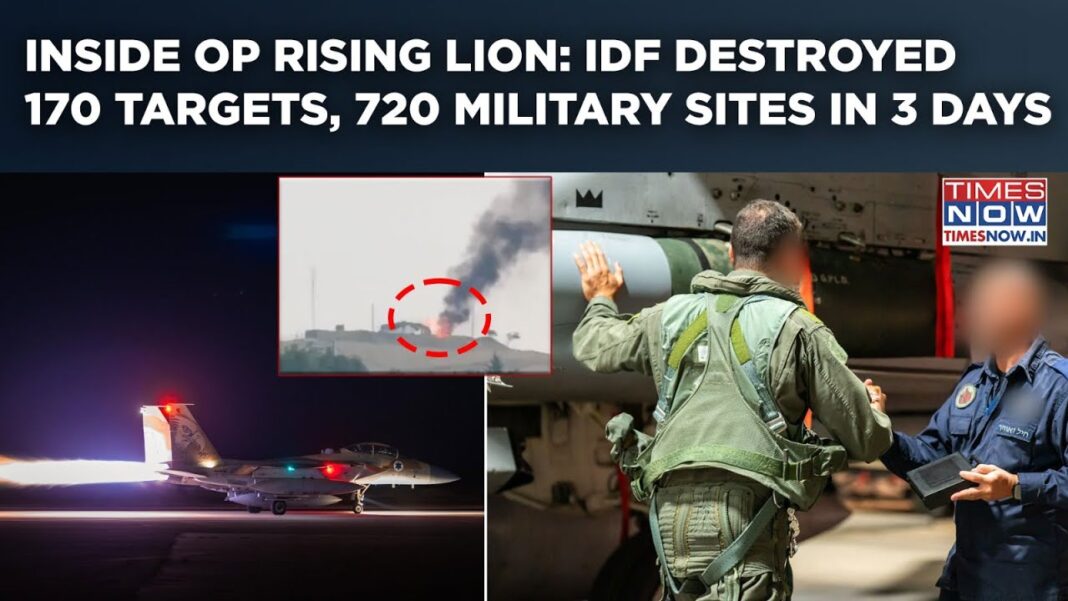Commentary
The United States’ Second Island Chain strategy remains a critical component of its broader Indo-Pacific strategy, which is designed to strengthen maritime security and reinforce partnerships. In response, China employs diplomatic, informational, military, and economic (DIME) national power to counter U.S. influence and advance its own strategic interests in the region.
Through security agreements, disinformation campaigns, military patrols, and trade deals, the Chinese Communist Party (CCP) seeks to challenge Washington’s dominance by expanding China’s operational reach and geopolitical influence.
Diplomacy: Solomon Islands Security Agreement
China signed a security cooperation agreement with the Solomon Islands in April 2022, authorizing Beijing to deploy police, armed forces, and law enforcement personnel upon request. The details of this agreement have raised U.S. and Western concerns regarding the potential for a Chinese military base just 1,200 nautical miles from Australia. General concerns are that the Chinese regime might use its security presence to secure a more permanent military installation.
However, Solomon Islands Prime Minister Manasseh Sogavare has explicitly dismissed these concerns, stating that his government is conscious of the security ramifications and will not permit the establishment of a foreign military base. While some analysts argue that the CCP’s expanding influence in the Solomon Islands could lead to a future military presence, regional sensitivities and historical resistance to foreign bases make such an expansion unlikely at this stage.
Disinformation Campaigns, Deepfake Operations
The CCP has increased its information warfare efforts to shape regional narratives and challenge U.S. influence in the Indo-Pacific. Using state-controlled media, artificial intelligence (AI)-driven disinformation, and deepfake technology, Beijing strives to undermine U.S. alliances while portraying itself as a stabilizing force.
Naval Expansion, Joint Patrols Near Guam
China has significantly increased its military presence in strategic waters, including expanded naval patrols near Guam, a vital U.S. naval resource in the Pacific.
In August 2024, the USS Rafael Peralta encountered Chinese warships near Guam during a Western Pacific patrol. Additionally, China and Russia conducted a two-week joint naval patrol covering 4,800 nautical miles and placing them in waters near Guam.
The Chinese People’s Liberation Army Navy has relied on several friendly ports to support these joint patrols, providing for resupply and extended operational reach of the warships. Vladivostok, Russia, served as a staging ground for Chinese naval forces before their deployment in the Pacific, while Peter the Great Gulf, Russia, hosted coordination drills and maritime exercises.







